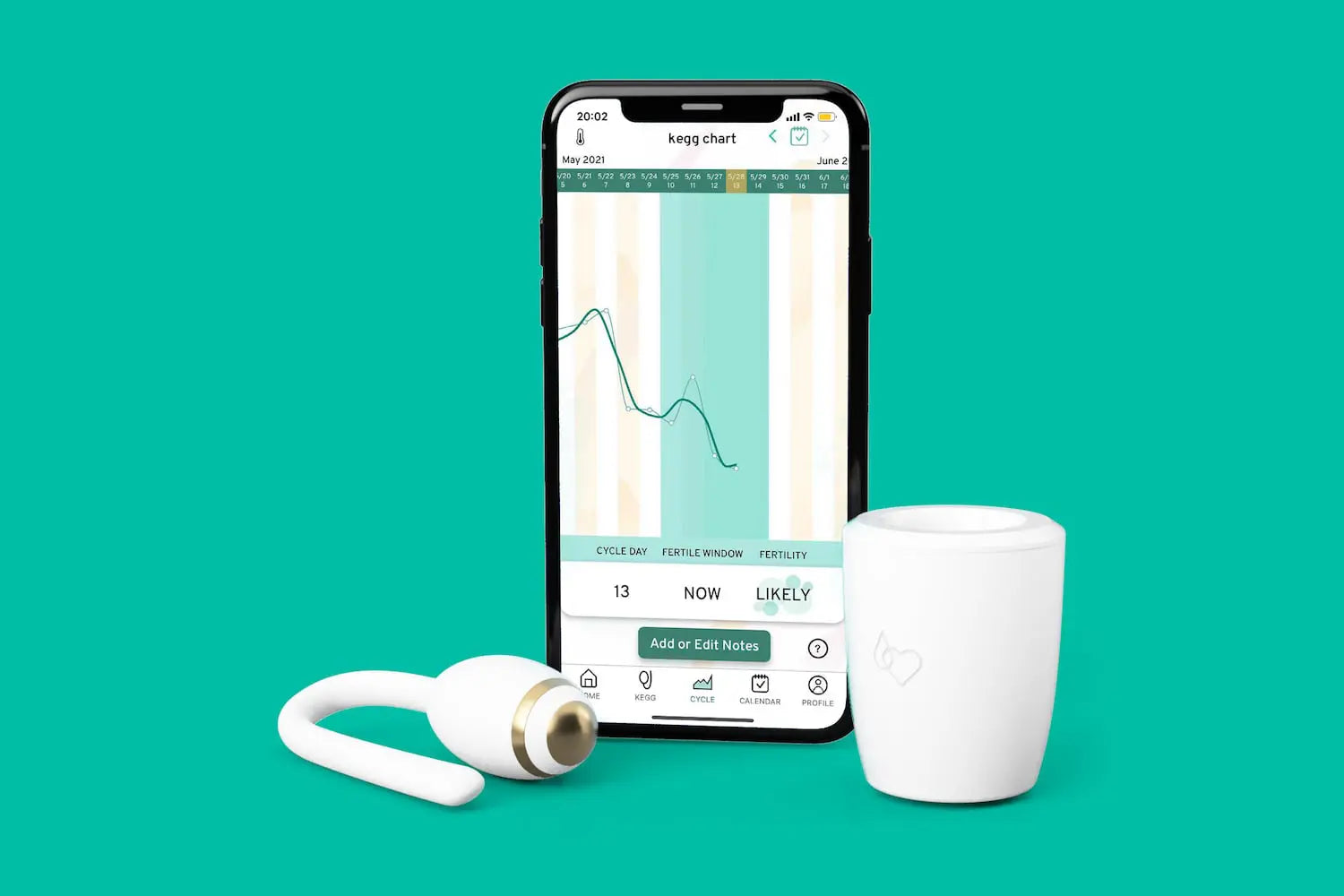Every single cell in the body has a receptor for thyroid hormone. If you think of each cell as having its own engine, the thyroid is the fuel for that engine. Without adequate levels of thyroid hormone, our cells don’t run properly.
This is why thyroid function is important for our health–it sets the tone for how your body runs.
How The Thyroid Impacts Our Hormones
Our ovaries require adequate thyroid hormone in order to get the surge in estrogen that triggers the egg to be released during ovulation. Thyroid hormone is also responsible for the amount of progesterone produced. If the corpus luteum in the ovaries doesn’t get adequate thyroid hormone, we don’t produce as much progesterone. We need adequate progesterone levels in order to have a healthy luteal phase, which allows us to conceive.
An optimal luteal phase for conception is 12-14 days. If your luteal phase is less than 10 days, that’s a sign of low progesterone. Low progesterone is very common with hypothyroidism and subclinical thyroid dysfunction because of how the thyroid hormone impacts the ovaries.
What Impacts Thyroid Function
Many things can impact thyroid function. The easiest way to think about it is stress. When the body is pulled into the stressed out state, it is not prioritizing putting energy into the body. It’s too busy breaking things down for energy to react to the stress. When it comes to what impacts thyroid function, you want to think of what leads to stress in the body.
Major Contributors To Sluggish Thyroid
- Under eating
- Highs and lows in blood sugar from not eating
- Enough/not eating balanced meals/eliminating macronutrients
- Poor sleep quality or not enough sleep
- Excessive mental/emotional stressors that add up over time or one big stressor
- Over exercising or lack of exercise (often going back and forth between the two)
- Lack of optimal foods in the diet
- micronutrient deficiency
- Hormonal birth control
- PCOS
Signs of a Sluggish Thyroid
- Constipation/bloating/diarrhea
- Hair loss
- Cold intolerance or cold often (especially nose, hands and feet)
- Anxiety
- Depression
- Poor memory
- Fatigue
- PMS, painful, heavy periods
- Irregular cycles or abnormal bleeding
- Difficulty sleeping–waking during the night
- Loss of appetite and/or cravings
- Low body temperature
- Dry skin
How To Monitor Thyroid Function
I can’t tell you how many times I’ve asked a client if they’ve had their thyroid tested and they come back with “yes, it was normal.”
I proceed to ask about the actual results and most don’t even have them. Their doctor called to tell them their TSH was normal and that was that. The problem with this is that understanding how your thyroid is functioning is so much more than TSH.
TSH is actually telling you how much your pituitary is talking to your thyroid and demanding that it make more hormones. There’s a lot more to thyroid function than TSH.

I recommend getting the following tested if you suspect thyroid dysfunction:
- TSH (optimal is .5-2)
- Free T4 (optimal is 1.4-1.8)
- Free T3 (optimal is 3.2 and higher)
- Reverse T3 (optimal is less than 15)
- TPO and Thyroglobulin antibodies
This gives you a much more complete picture of your thyroid function and where you may need support.
Since the thyroid impacts how the entire body runs, there are plenty of signs you can track on your own that can indicate thyroid function. My favorite sign to monitor is body temperature. Your body temperature gives you insight into where your thyroid function is at the moment.
At Home Thyroid Monitoring
- Body temperature: optimal is 97.8F first thing in the morning and up to 98.6F throughout the day
- Pulse: optimal is 75-85
- Feeling cold
- Digestion: optimal digestion is 1-2 formed bowel movements a day that do not involve any straining
- Sleeping through the night without waking
Tips For Optimal Thyroid Function
When it comes to supporting thyroid function it’s all about reducing the total burden of stress on the body. My favorite ways to do this are through balancing blood sugar and managing cortisol levels throughout the day.
How To Balance Blood Sugar
1. Balance your meals with protein, fat, and carb
Yes it is that simple. It doesn’t matter how frequently you eat if you aren’t balancing your meals so make sure you start with this step. The amount of fat, carb, and protein depends on your unique needs.
2. Eat every 3-5 hours
If you are in a constant fight or flight state, have low body temperature (less than 97.8F waking), and/or struggle with fatigue, I recommend eating more frequently (closer to the 3 hour mark). If you don’t struggle with those issues and have healthy periods, try 4-5. Most of those struggling with hormone problems need 3-4 though. I like to do 3 regular size meals and 2-3 small snacks that are still protein, fat, and carb.
3. Avoid eating protein alone
If the body needs carbohydrates, it will take protein and turn it into carbs via a process called gluconeogenesis. Although this is not an efficient process, the body will still resort to this when necessary. This is why eating protein alone can spike your blood sugar.
How To Have A Healthy Cortisol Pattern
1. Follow the instructions for blood sugar balancing above
This is something you have control over and will support thyroid function right away.
2. Eat within 30-60 minutes of waking
Cortisol is naturally the highest in the morning and then goes down throughout the day, reaching its lowest point at night. While we want high cortisol in the morning, we don’t want to exacerbate this by putting off our first meal/snack. If you have a poor appetite or have a hard time getting out of bed, this step is especially important for you. Even if you just have a few bites of something first thing (balanced of course) that will help manage cortisol levels. I personally make a smoothie and drink half first thing and half later in the day for a snack.
3. Moderate your bluelight exposure to match the sun
Blue light tells our bodies that it’s day time, which increases cortisol levels. Blue light is not bad but we want to minimize it as much as possible once it’s dark out. I use blue light blocking glasses once the sun goes down and turn off as many lights as possible inside our home.
Since our thyroid powers all of our cells, we can all benefit from putting these tips into action to not only support fertility, but overall wellness. While I shared a lot of information in this post, starting with just one step is all you need to do in order to move toward optimal thyroid function.
I hope this information empowers you to build awareness of your own thyroid function and supports you on your fertility journey.



